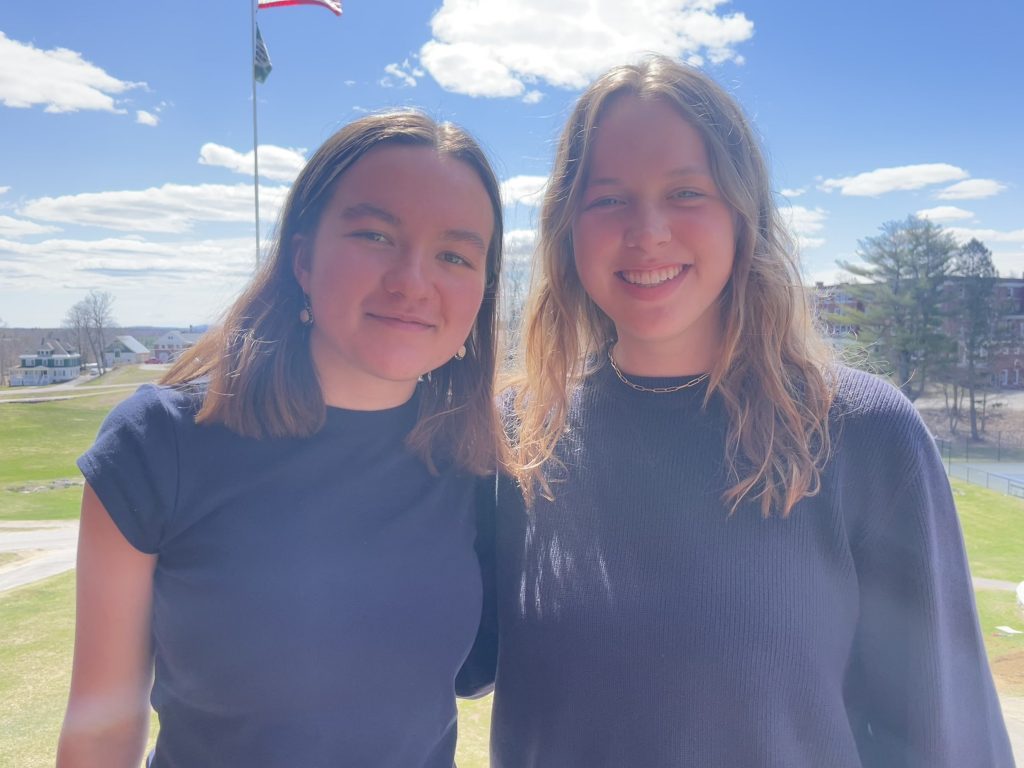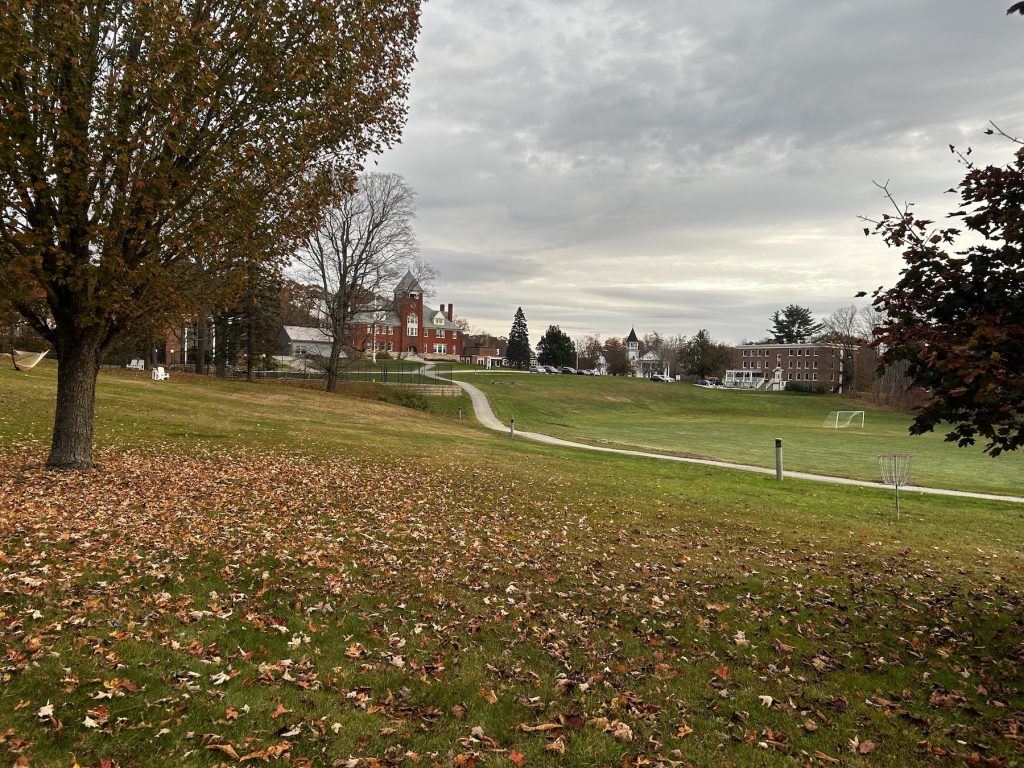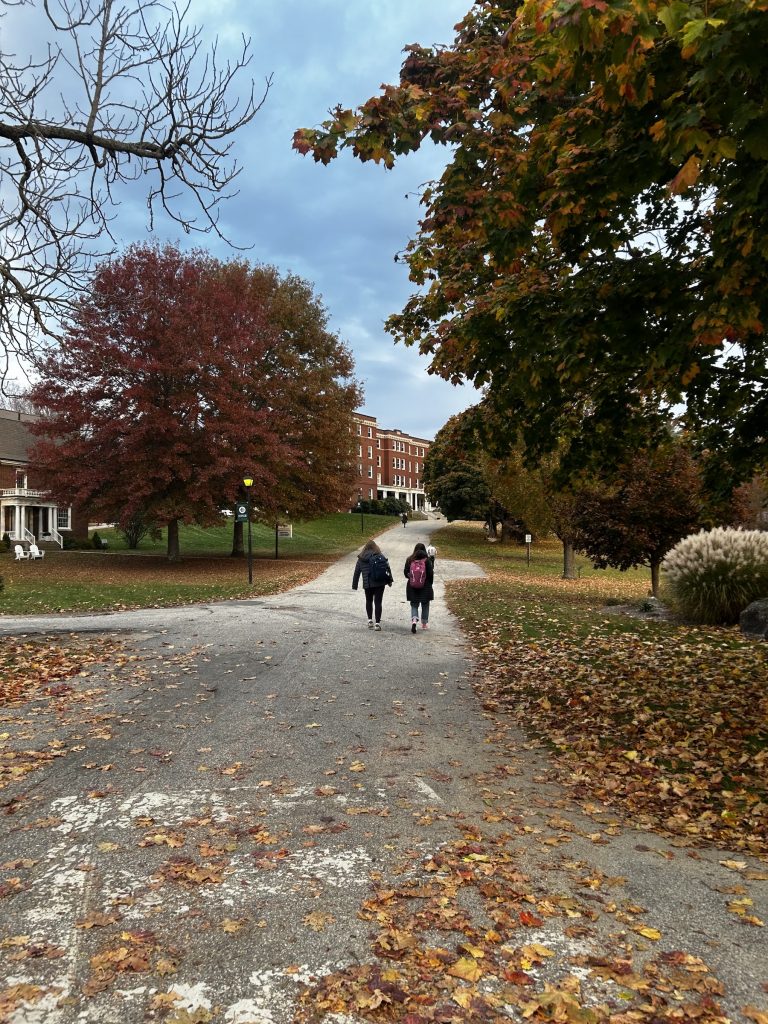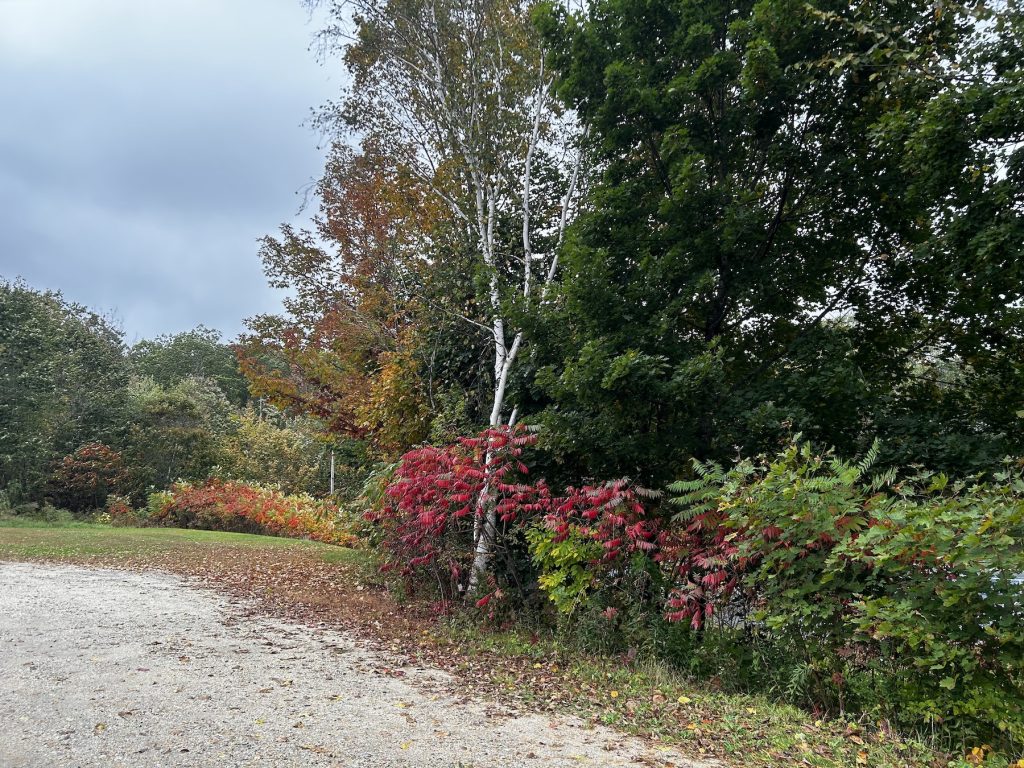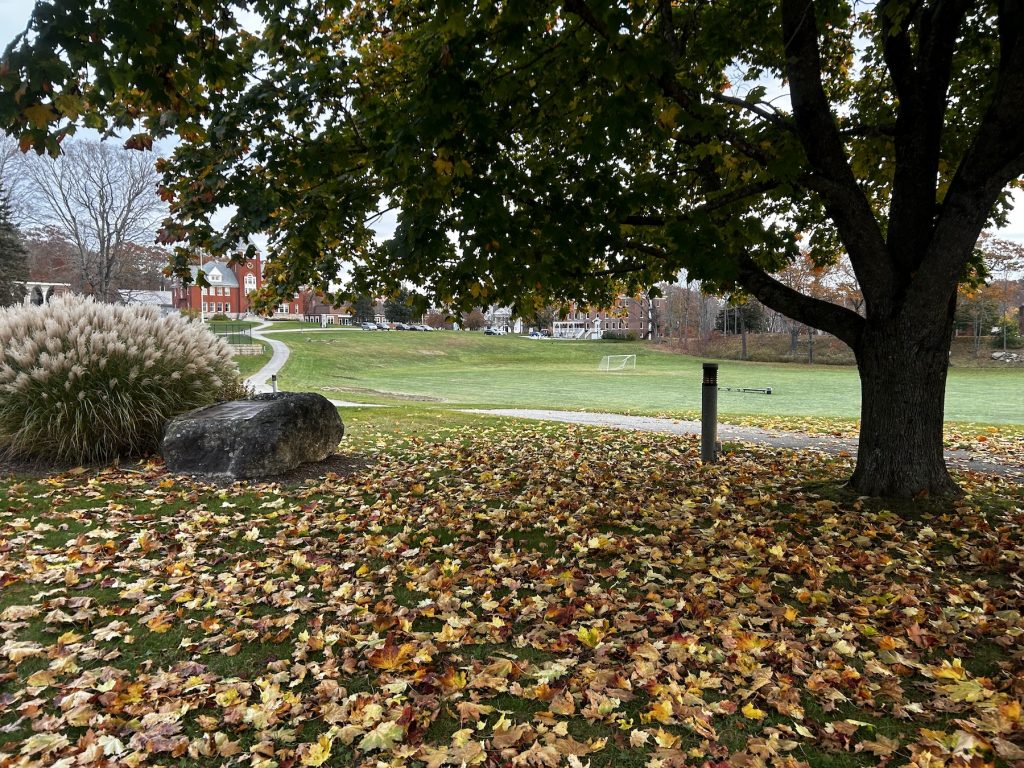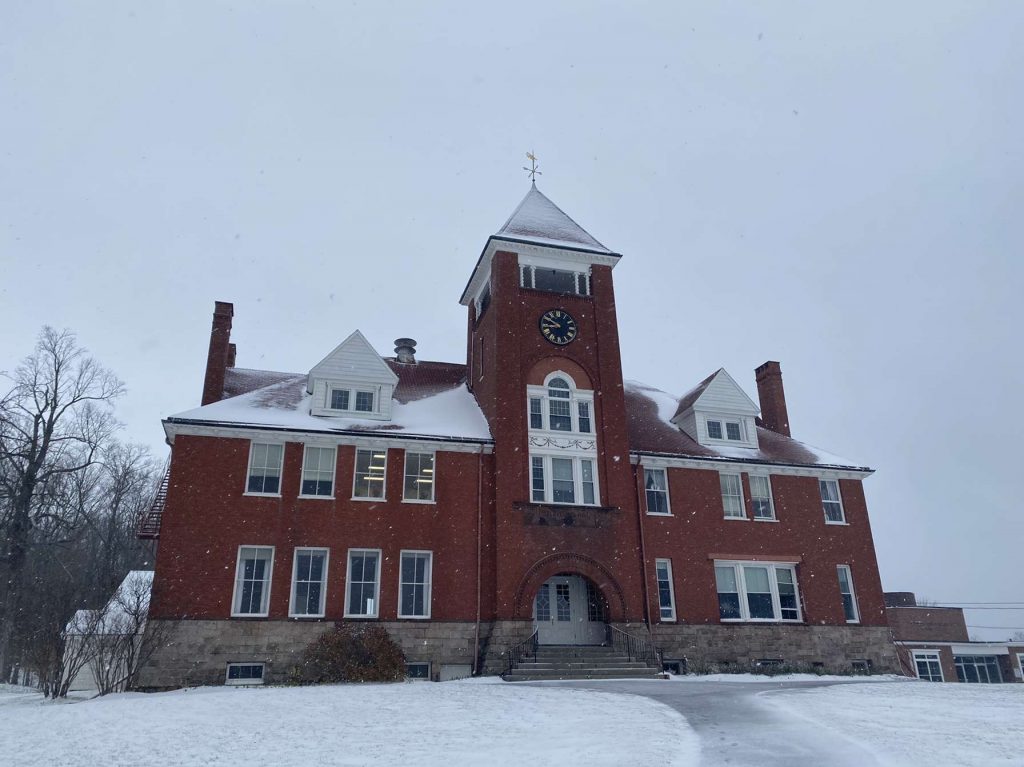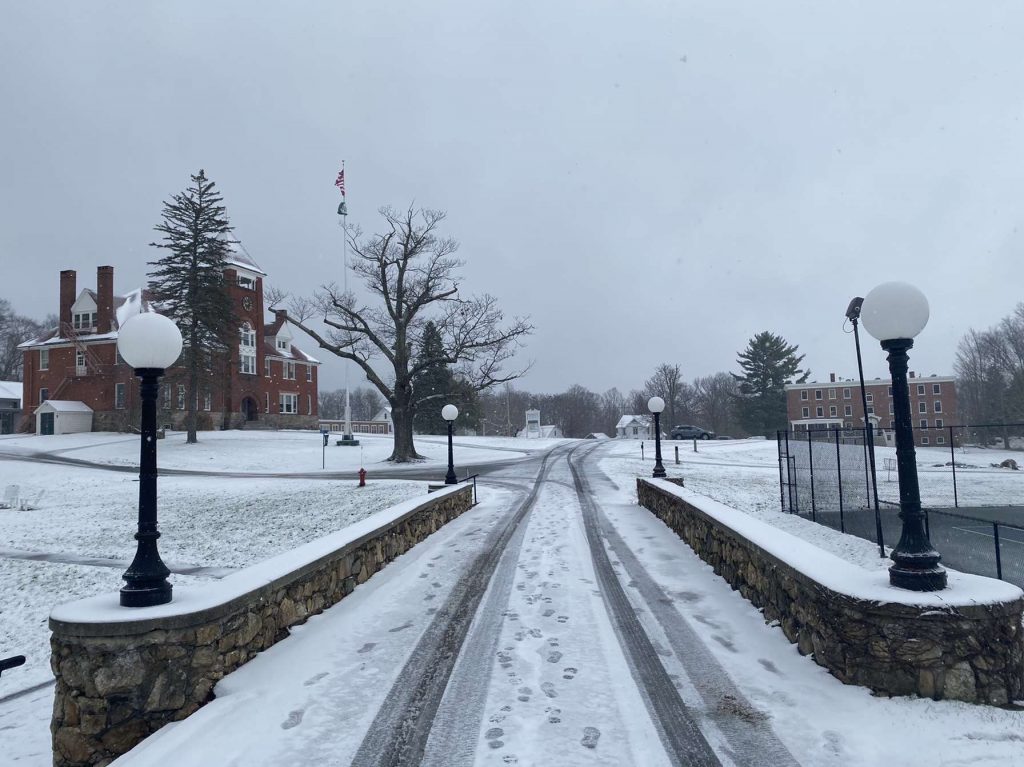By an Anonymous Ethan Fan
10. Zero problems
There is nothing wrong with Ethan. Many have tried to find even a single issue with this fine gentleman, but his record is spotless. When you really think about it, there’s no reason you shouldn’t obsess over him.

9. He’s got loving fans
When you become an Ethan fan, you are joining a community of millions. Everywhere you go, people will now be able to relate to you. You may not see them, but Ethan superfans are everywhere.

8. He is a musician
If you already thought Ethan was too cool, you might die when you hear that he also plays multiple instruments. As well as being a professional recorder and drums player, he also is very good at digital audio recording. He has released amazing pieces such as his cover of “My Heart Will Go On” from the hit movie Titanic, which he performed live to hundreds of people.

7. He is an athlete
Ethan is the best swimmer on the Hebron Academy swim team. He has impressive times in the freestyle events. He’s also an incredible freestyle skier, and an amazing defensive soccer player.

6. He makes great costumes
Ethan has created many amazing pieces of costume design over the years, most notably his Captain America cosplay.

5. He is a genius
Ethan is very smart.

4. He is very charismatic
Once you see Ethan speak, you WILL fall in love. He has many moments of public speaking that could be considered the best speeches of all time, but his most famous is the speech in which he talked about how much he likes water. His speeches have been an inspiration to millions.

3. There is a lot of information about him
If you want to learn more about Ethan Frumiento, you can find it easily by following the famous instagram account, @big_ethan_fan87. This account posts updates on Ethan frequently, keeping you up to date with all the Ethan news.

2. His quotes are world-renowned
Much like his public speaking, everyone has been inspired by an Ethan quote. I don’t know where I’d be in life without his wisdom, and I’m sure many can relate.

1. He looks good
The picture below speaks for itself.

